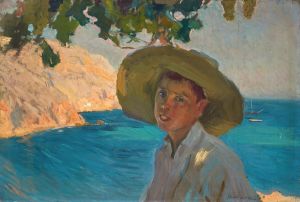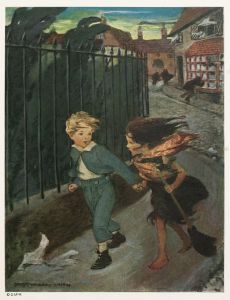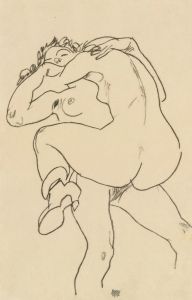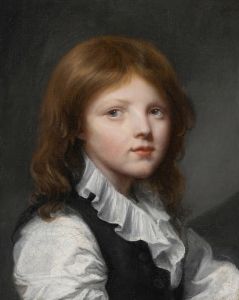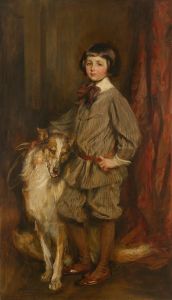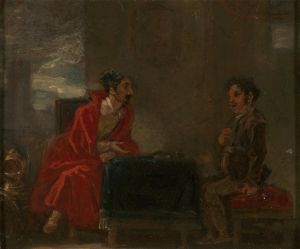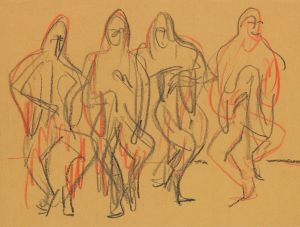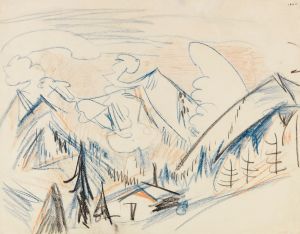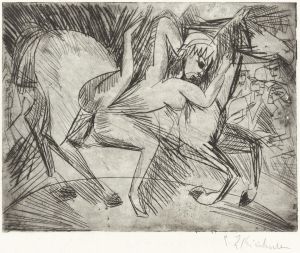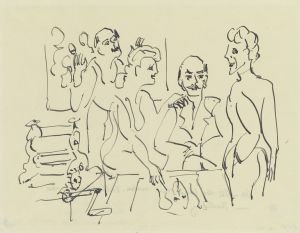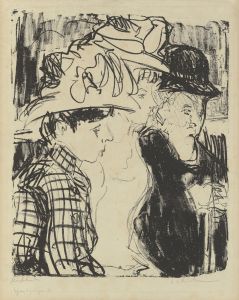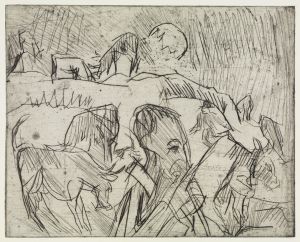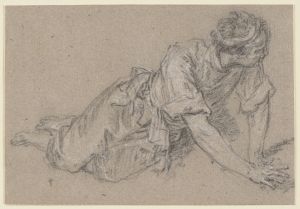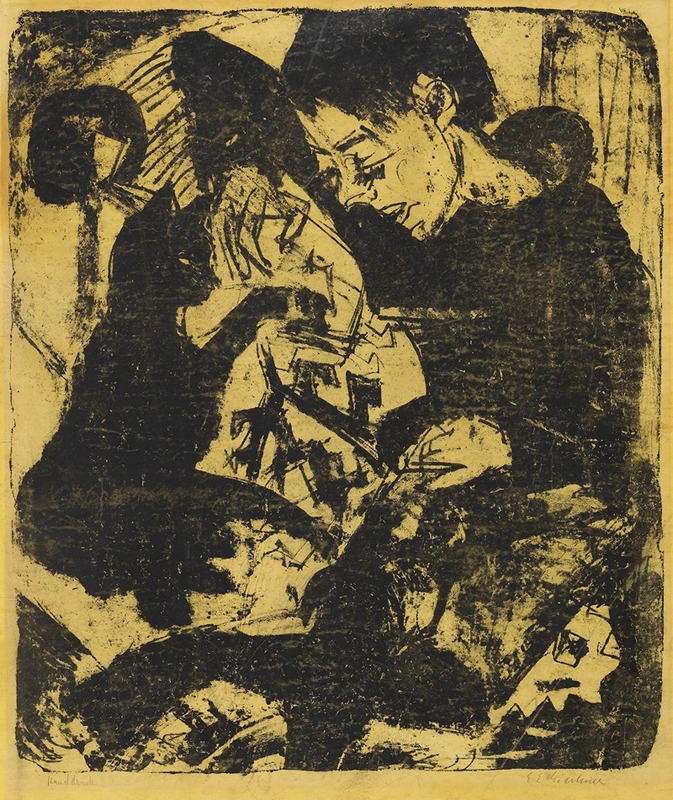
Knabe mit Katze
A hand-painted replica of Ernst Ludwig Kirchner’s masterpiece Knabe mit Katze, meticulously crafted by professional artists to capture the true essence of the original. Each piece is created with museum-quality canvas and rare mineral pigments, carefully painted by experienced artists with delicate brushstrokes and rich, layered colors to perfectly recreate the texture of the original artwork. Unlike machine-printed reproductions, this hand-painted version brings the painting to life, infused with the artist’s emotions and skill in every stroke. Whether for personal collection or home decoration, it instantly elevates the artistic atmosphere of any space.
Ernst Ludwig Kirchner, a prominent German expressionist painter and one of the founding members of the art movement Die Brücke (The Bridge), created numerous works that explored themes of modernity, emotion, and human connection. Among his notable works is Knabe mit Katze (Boy with Cat), a painting that reflects his distinctive style and artistic concerns.
Knabe mit Katze was painted in 1910, during a period when Kirchner was deeply involved with Die Brücke. The group sought to break away from traditional academic art and embraced a more raw, emotional, and expressive approach to painting. This work exemplifies Kirchner's use of bold colors, dynamic brushstrokes, and simplified forms, which were hallmarks of his expressionist style. The painting depicts a young boy holding a cat, rendered in a way that emphasizes emotional resonance over realistic representation.
The composition of Knabe mit Katze is intimate and direct, focusing on the connection between the boy and the animal. Kirchner's use of vibrant, non-naturalistic colors and exaggerated forms conveys a sense of immediacy and emotional depth. The painting reflects his interest in capturing the essence of his subjects rather than their literal appearance. This approach aligns with the broader goals of Die Brücke, which sought to express inner feelings and the spiritual aspects of life through art.
Kirchner's works from this period often featured themes of innocence, nature, and human relationships, and Knabe mit Katze fits within this thematic framework. The inclusion of the cat, a common domestic animal, adds a layer of warmth and familiarity to the scene, while the boy's expression and posture suggest a quiet moment of connection. The painting's simplicity and directness are characteristic of Kirchner's early works, which were influenced by both German folk art and the art of non-European cultures.
Today, Knabe mit Katze is recognized as an important example of Kirchner's early expressionist style. It reflects his innovative approach to color, form, and subject matter, which would continue to evolve throughout his career. The painting is held in a private collection and has been featured in exhibitions that highlight Kirchner's contributions to modern art and the legacy of Die Brücke.
Ernst Ludwig Kirchner's work, including Knabe mit Katze, remains influential in the history of modern art. His ability to convey emotion and explore the human experience through bold and unconventional means has secured his place as one of the leading figures of German expressionism.





